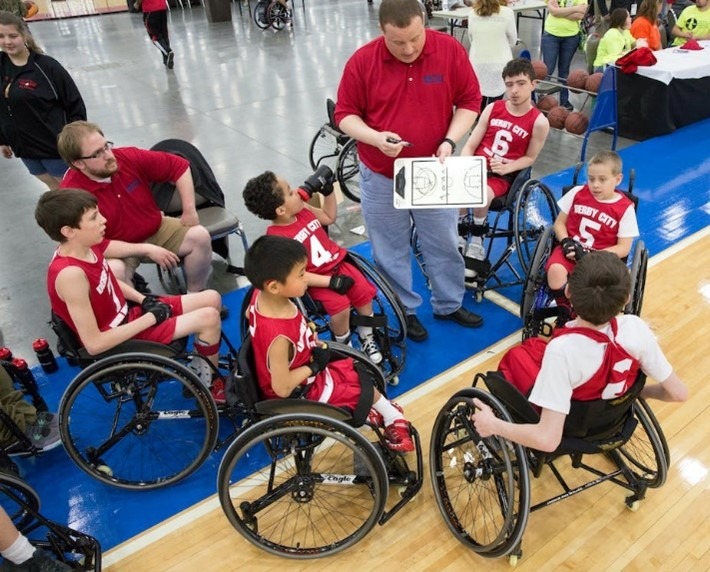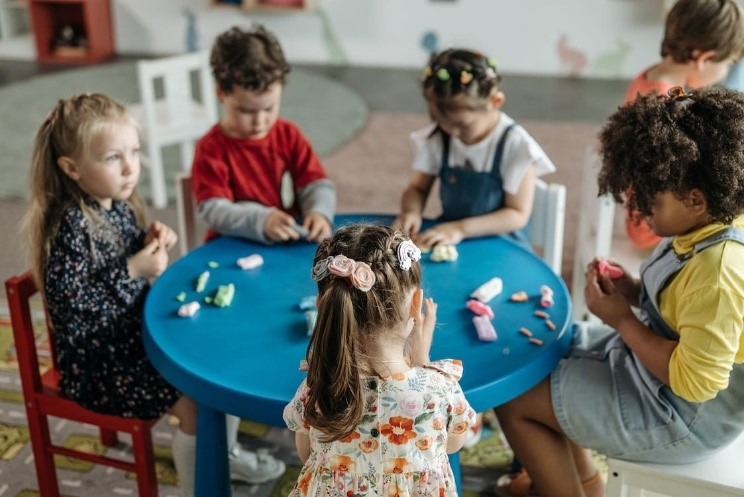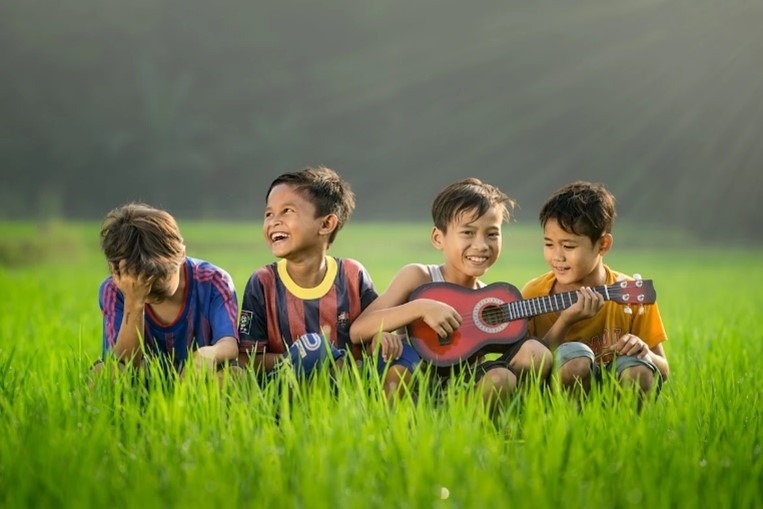In our diverse, multicultural, and uber-connected world, it is more important than ever to teach children about inclusiveness and the value of diversity. In these modern times, it is more likely than ever that our children will have classmates and friends of different ethnicities, religions, cultural backgrounds, and abilities.
Your school’s preschool curriculum should include daily doses of diversity and inclusiveness through the daily materials and lessons so children are continuously exposed to people, cultures, music, art, and food outside their norm. It is particularly vital to include diversity if your school has an overtly homogenous population, as these children are less likely to encounter differences in their daily lives.
The good news is no matter where you live or how limited your school’s resources are; there are numerous, inexpensive ways to include diversity daily within your classroom.
Pictures & Posters
One of the simplest ways to include diversity is by hanging up pictures and posters. There are many free resources online from which you can download and print free posters and pics.
Choose pictures representing real day-to-day life or events of cultural significance, not characters or cultural stereotypes. For example, Germans don’t wear lederhosen every day, nor do most Indian women wear the salwar kameez daily. However, a picture of German children participating in a traditional holiday dance or Indian families partaking in a Hindu festival event where they are using colored powders to decorate and firecrackers/candles to celebrate are representations of cultural traditions in action.
Remember, diversity and inclusion stem beyond culture and religion. Pictures should include representations of differently-abled people, for example, someone in a wheelchair, children wearing glasses or hearing devices, dwarfism, down-syndrome, etc.

Diversity inclusion also includes adults and children in non-traditional gender roles, for example, pictures of a man cooking, a female police officer, a male dancer, or a female mechanic.
Books
Preschool classrooms should have various diverse and multicultural books on the shelves. Books should include people of different skin tones, cultures, professions, and family types.
Invite each family in your classroom to send a family picture and create a classroom book of the families in your class. No two families are the same; some have grandparents in the home, are single-parent families, have five siblings or an only child, etc.

Use your local library as a resource to locate books and rotate them regularly to save money.
Visitors
Family and friend visitors are a free, interactive way to include multiculturalism in your classroom. At the beginning of the school year, send home a family questionnaire asking families about their cultural traditions, and if they have a unique tradition like fasting during Ramadan which they would like to share with the classroom art at some point during the year.

Perhaps there is a grandmother who can share about Chinese New Year, an uncle who is a Rabbi and can discuss Hanukkah, or a child from another country who plays a game or sport that is not played where you live. Even people who celebrate the same holidays and come from the same culture may have different annual traditions.
Arts & Crafts and Cooking Projects
Any craft or cooking project that honors another culture is an incredible and hands-on way to include diversity in your classroom. These projects are also another opportunity to involve the families of your students. You can also include books and photographs of famous artists and art from around the world and different historical periods.

Music
Music is one of the best (and least expensive) ways to introduce children to different cultures. With apps like Spotify and Amazon Music, most teachers have a never-ending library of music at their fingertips. Music can enhance a lesson, be part of an activity or unit, or play in the background. For example, one day, you may play Irish harp music, the following African dance music, and third American folk.

Children can also learn about and play instruments from different cultures and different styles of music.

